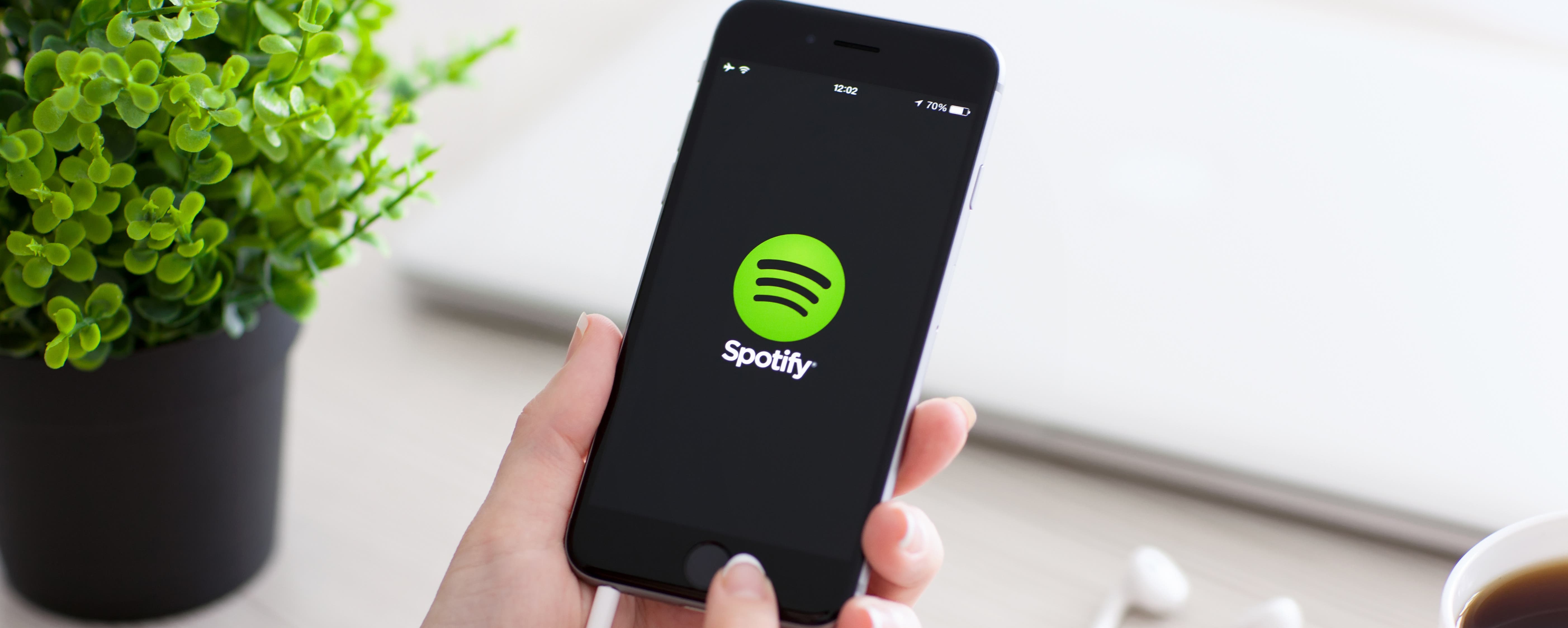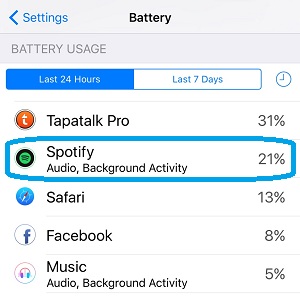First there were cassettes. Then there were CDs. Audio files were next, and now, Spotify is one of the most popular ways to listen to music. An endless supply of music is awesome for audiophiles and anyone who likes being able to listen to what they want at a moment’s notice, but it can also consume quite a bit of data. That’s why it’s important for listeners to know exactly how much their playlists could cost them in data.
How Much Data Will a Typical Song on Spotify Consume?

If the listener has Spotify on its default setting, a 3-minute song consumes 2 megabytes (MB) of data or more. That means if they listen to songs for an hour straight, it will consume about 40 MB. At 10 hours of listening, Spotify will have used about half a gigabyte (GB).
- Spotify is a digital music service that gives you access to millions of songs.
- If you have an iPhone, simply turn off cellular data usage for Spotify so it forces the app to refresh over wifi. If you're on premium, simply download all the music to your phone.
Streaming music or podcasts for long stretches when you are away from Wi-Fi can quickly add to your data usage. Most music and podcast apps (like Spotify and Apple Music) let you restrict.
This makes it critical that the listener has a data plan that can cover their needs. There are still some cell phone plans on the market that provide a mere 100 MB of data each month, which would only be enough for three hours of music.
Now, there are different quality settings on Spotify, and the amount of data used depends on the quality of the song. A listener can see what their Spotify music quality is set at by tapping Your Library, then Settings, and then Music Quality.
There is normal quality, which streams songs at about 96 kilobits per second (kbps). High quality streams at about 160 kbps and extreme quality streams at about 302 kbps. By default, Spotify is set to automatic quality, where it sets a quality based on the listener’s connection. Automatic quality is always at least 96 kbps.
Normal quality is when a 3-minute song will use 2 MB of data. On high quality, it will use 3.5 MB, and on extreme quality, it will use 7.5 MB. However, these numbers decrease when playing songs the user has already listened to before, because Spotify caches those songs.
What Is Typical Monthly Data Usage with Spotify?
If the listener uses Spotify for 30 minutes per day, it will consume 0.5 GB on its normal quality setting and 2.2 GB on its extreme quality setting. One hour of listening per day will use 1.2 GB for normal quality and 4.5 GB for extreme quality. Two hours per day will use 2.4 GB for normal quality and 9 GB for extreme quality.
What About Offline Playlists?
Although the free and premium versions of Spotify use the same amount of data, Spotify Premium also allows the user to download up to 3,333 songs. That’s a per-device limit, and they can do this with up to three devices. After downloading songs, it doesn’t require an internet connection or any data to play them.
How Does Spotify Data Use Compare to YouTube Data Use?
Spotify Cellular Data Usage
Since YouTube provides video content, it will use more data than Spotify. On their lowest quality settings, one hour of Spotify streaming will use 40 MB of data, whereas one hour of YouTube streaming will use 100 MB of data. On their medium quality settings, Spotify uses 70 MB and YouTube uses 250 MB. On their high quality settings, Spotify uses 150 MB and YouTube uses 750 MB.
Spotify For Iphone
How Can a Listener Use Less Data with Spotify?
Keeping data usage on Spotify to a minimum is easy with its quality settings. The listener simply needs to tap Your Library, Settings and Music Quality. Then, they can choose either automatic or normal.
The listener can also opt to only download music through Wi-Fi networks by turning off the Download Using Cellular option. This option is available in the same area as the Music Quality controls.

Of course, Spotify Premium users can save data by downloading songs when connected to a Wi-Fi network, since they won't need to use any data to play those songs going forward.